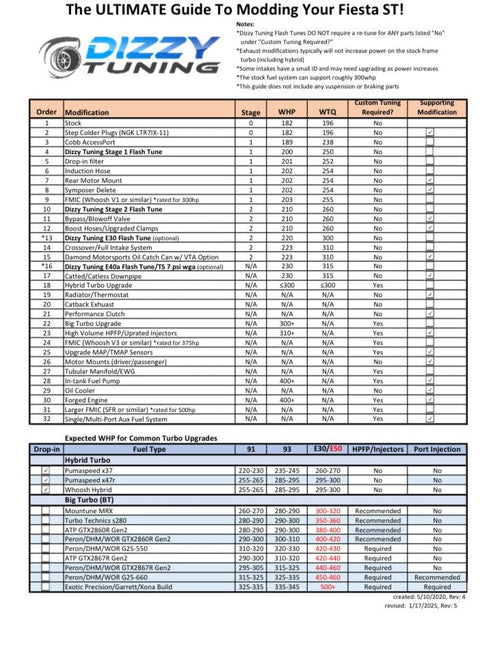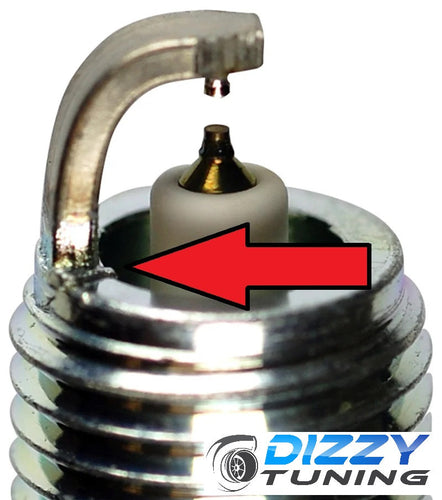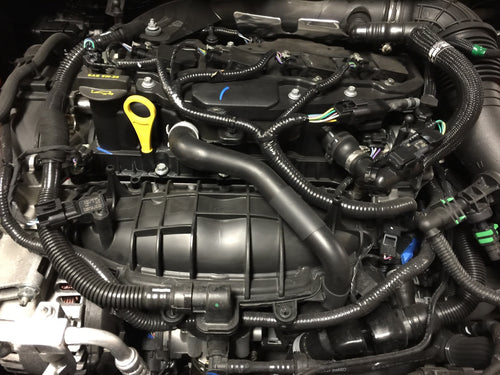What Is OAR?
- on April 06, 2020
- Categories: Tech Articles
OAR, or Octane Adjust Ratio, is a value that the Ford ECU uses to determine the quality of fuel being used in the engine. It can be displayed on your Accessport as "Octane Adj Ratio Lrn". The ECU determines this by the amount of detonation that is detected at particular times of engine operation. The higher the intensity of detonation that is detected, the larger the effect on the OAR value. OAR ranges from a value of “-1.00” (which means the fuel is very good), to a value of “1.00” (which means the fuel is very poor). As more detonation is detected, the ECU will slowly increment OAR toward the value of “1.00”.
Why is this necessary?
OAR is very important when keeping engine safety in mind. Ford engineers spent countless hours implementing this technology, so it only makes sense to continue to use it in our Flash Tune. The process behind the scenes, is that the OAR value is a multiplier. The value is multiplied by various timing compensation tables, which are then incorporated into the final ignition timing value.
For example:
If the OAR value is “-1.00”, and the corresponding value in the OAR compensation table is “-4.00”, the ECU will add 4.00 degrees of timing in that region. -1.00 x -4.00 = 4.00
If the OAR value is “1.00”, multiplied by the same “-4.00” in the OAR compensation table, the ECU will subtract 4.00 degrees of timing in that region. 1.00 x -4.00 = -4.00
So in the end, the better the fuel quality, the closer OAR is to “-1.00”, the higher the final ignition timing value will be, resulting in more engine power output. The poorer the fuel quality, the lower the final ignition timing, resulting in less engine power output.
The end result is that the ECU will adjust for all fuel types, by correcting ignition timing ahead of time, resulting in safe engine operation for most fuel types. Pretty clever those Ford engineers.








